(Kuala Lumpur News) Cushing’s Syndrome (CS) is caused by excessive glucocorticoids in the body, which can be divided into two types: endogenous and exogenous, and exogenous is mainly due to long-term or excessive steroid use .
Even so, their blood levels of cortisol and ACTH are often low because the patient’s own ability to produce cortisol is inhibited.
Cushing’s syndrome is when a patient is exposed long-term and inappropriately to large amounts of glucocorticoids, resulting in a series of metabolically typical signs and symptoms, such as weight gain, fatigue, depression, decreased concentration, sleep duration and Poor quality, muscle weakness and abnormal menstruation, etc.
Common clinical features include central obesity, round face, “buffalo hump,” skin thinning, acne, hirsutism (proliferation of hair, such as on the cheeks and extremities in women), and poor skin condition or wounds Poor healing.
The clinical manifestations of Cushing’s syndrome are diverse, and some common symptoms such as weight gain are difficult to distinguish from other diseases. Therefore, patients with mild symptoms are sometimes difficult to detect early.
However, there are some more specific symptoms that can be used to differentiate, including easy bruising, flushing of the face (facial plethora), striae (striae-like, especially red or purple) and weakness of proximal muscles, such as in the shoulders or lower limbs.
Dr Chooi Kheng Chiew, Consultant of Endocrinology, pointed out that glucocorticoids are steroid hormones secreted by the adrenal glands, of which cortisol is the main component, and have the functions of regulating the synthesis and metabolism of sugar, fat and protein, anti-inflammatory and Suppression of immunity and so on.
“The steroids that the general public are familiar with actually refer to artificially synthesized glucocorticoids. Therefore, Cushing’s syndrome can be divided into two types: endogenous and exogenous according to the etiology.”
“When the source of too much glucocorticoid is internal, it belongs to endogenous Cushing’s syndrome. This type is relatively rare. The cause may be due to the excessive secretion of cortisol from the patient’s own adrenal gland and the secretion of pituitary gland. An increase in Adrenocorticotropic Hormone (ACTH) may be associated with some tumors or cancers (malignancies).”
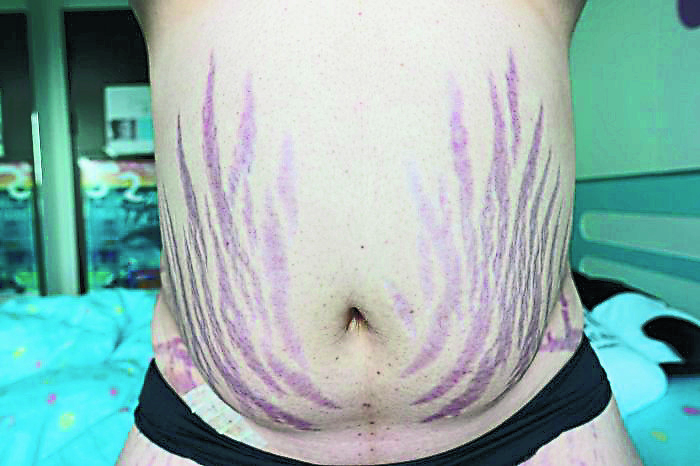
In fact, exogenous Cushing’s syndrome is very common in our country, which is caused by long-term or excessive use of steroids.
“The first is when a patient needs to take long-term use of glucocorticoids prescribed by a doctor to treat certain diseases, such as joints, skin, lungs, or inflammatory bowel disease. misuse or abuse of traditional medicines or remedies containing steroids, resulting in
Sometimes, he says, patients get the drug through a friend or buy it online, unaware that it contains steroids, and they do have a “feel-good” or “spiritual” effect after using it, so they continue to take it for years. , Gradually various symptoms appeared.
These steroids are not only in pill or tablet form, but may also come in injections, creams, inhalers, or eye drops. Some patients receive drug injections because of joint swelling and pain, which may actually contain steroids.
As mentioned earlier, exogenous Cushing’s syndrome is more common, but the prevalence varies by country; sick.
“In fact, there are many cases that are not diagnosed, and sometimes they are discovered by accident. For example, severe infections and fractures caused by osteoporosis are admitted to the hospital, but there may be very obvious characteristics of Cushing’s syndrome.”
Doctors need to ask the right questions
A good history usually enables the diagnosis of exogenous Cushing’s syndrome. Simply put, doctors need to “ask the right questions.”
He pointed out that because usually when patients are first asked if they use steroids, they tend to deny it. However, when you continue to ask questions, such as whether you have taken some “tonics” or painkillers that make you “better mentally”, you will get some feedback.
“Patients may say they’ve been taking or dabbing a drug for years, and when they actually look at the ingredients, they see steroids.”
Sometimes, a patient’s medication is off-label and the doctor may send it to a lab for steroid testing. Therefore, you will find that the National Pharmaceutical Regulatory Agency (NPRA) from time to time publishes notices stating that certain traditional or unregistered medicines contain steroids, so that the public can be vigilant.
He reminded that due to the use of exogenous steroids, the patient’s own ability to produce cortisol will be inhibited, which will be reflected in the low concentrations of cortisol and ACTH in the blood. Therefore, it is important to carefully ask the patient’s medical history and medication records.

The etiology determines the treatment plan, and steroids cannot be reduced rashly
As for the diagnosis of endogenous Cushing’s syndrome, it is much more complicated, and patients often need to undergo multiple specialist examinations.
First of all, it is necessary to confirm that the level of cortisol in the body is high, and then further find out the source and cause. This usually involves blood, urine, and imaging tests, depending on the initial test results.
Xu Jingchao said that the treatment of Cushing’s syndrome depends on the cause of the disease. If the patient is using steroids due to the needs of the disease, he needs to discuss with the relevant doctor, and the dose should not be reduced rashly, otherwise it may lead to consequences such as disease recurrence.
“If the patient has accidentally used steroids, the intake of steroids should not be interrupted suddenly, because the body’s ability to secrete glucocorticoids by itself has been inhibited and cannot adapt, and may even cause other symptoms.

Patients need to be closely monitored
Therefore, exogenous Cushing’s syndrome requires a period of glucocorticoid replacement therapy under the supervision of medical staff, and the use of steroids is gradually reduced until the body restores the ability to secrete glucocorticoids, which usually takes several months or more. 1 year.
“If they don’t, they may have an adrenal crisis, which is when the body doesn’t have enough cortisol to produce symptoms such as low blood pressure or a collapse.”
When Cushing’s syndrome is caused by a tumor of the pituitary gland, surgical removal of the tumor is usually recommended or radiation therapy is required. If the source is a benign tumor or cancer, it will also need to be resected.
“If the patient cannot undergo surgery immediately, some drugs can be used to reduce the level of cortisol secreted by the body and relieve symptoms, but this is not a cure.”
“Additionally, patients with Cushing’s syndrome who are being treated need to be closely monitored for possible surgical complications or impaired ACTH secretion, and they may need to take alternative steroids long-term to avoid an adrenal crisis, however, this It varies from person to person.”
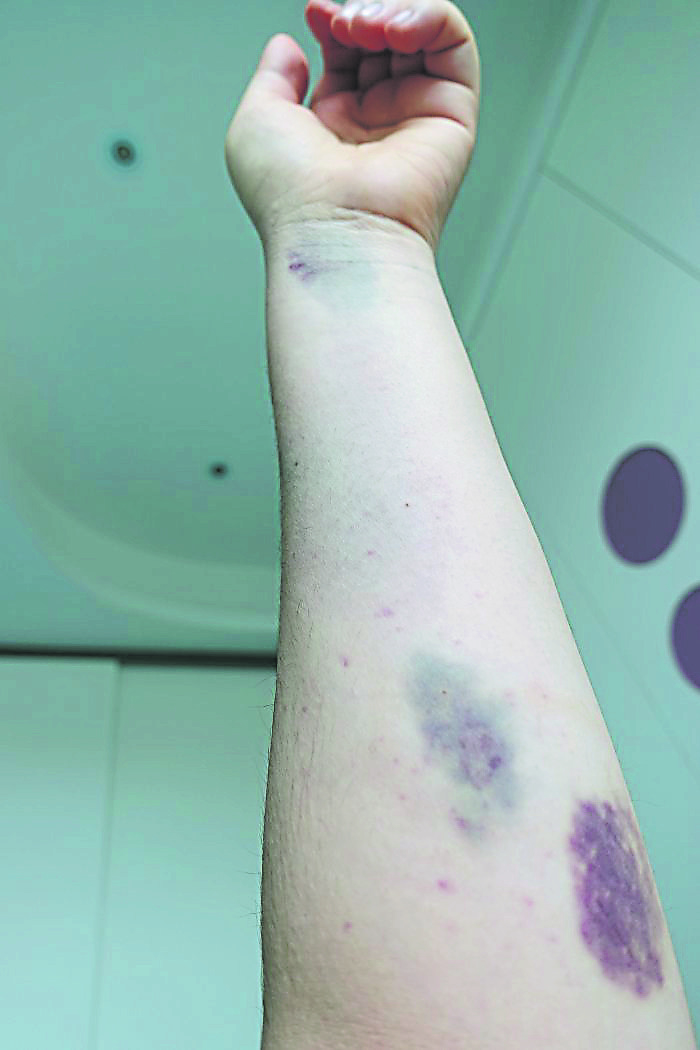
Pituitary gland tumors are the cause
“A few years ago, I treated a 36-year-old female patient. Her face was swollen, hair increased, and menstrual disorders lasted for 3 months. After that, her legs became severely weak, and she had difficulty getting up from a squatting position and going up and down stairs. Then She gained 6kg in 3 months. However, she stated that she did not use any exogenous steroids.”
After initial testing, she had high levels of cortisol in her blood and too much cortisol in her urine.
“After further imaging studies, it was found that her cortisol excess was due to a pituitary gland tumor. So I explained the diagnosis to her and made a referral to a neurosurgeon. When she came to thank me six months later, I barely recognize her and is doing really well as she has lost weight and her face is no longer puffy.”
![]()
Cushing’s disease is common
Q1: What is the difference between Cushing’s syndrome and Cushing’s disease (CD)?
Answer 1:Cushing’s disease, a common type of Cushing’s syndrome, is defined as a pituitary tumor that secretes too much ACTH, leading to an excess of glucocorticoids in the body.
Fat accumulation in the abdomen and limbs is not fat
Question 2: What are central obesity and “buffalo shoulder”?
Answer 2:Central obesity refers to a type of obesity in which the fat accumulation in the patient’s body develops centered on the heart and abdomen. Usually, the abdominal fat accumulates obviously, but the limbs are not obese.
The buffalo shoulder is protruding from the back of the neck, and the back muscles are obviously raised, which is a bit like a hunchback.
Endocrinology screening is recommended
Q3: How can I tell if I may have Cushing’s syndrome?
Answer 3:From the previously mentioned signs and symptoms, there is usually more than one, sometimes it may be weight gain or inability to lose weight; sometimes it may be abnormal looking, such as having a round face, central obesity, or easy bruising.
I would recommend seeking an endocrinologist for screening, as a general practitioner unfamiliar with Cushing’s syndrome may not know what testing is required. Clinics or primary hospitals do not have laboratories and may not be able to provide relevant tests.
Female patients are 5 times more likely than male patients
Question 4: Who are the high-risk groups?
Answer 4:Patients who need to take high doses of steroids for a long time to treat certain medical conditions. In addition, Cushing’s syndrome caused by pituitary gland or adenoma occurs more frequently in women, and the probability is about 5 times that in men.
However, Cushing’s syndrome, a condition caused by cancers that produce too much of the hormone ACTH, often affects men.
Increased risk of stroke, heart attack
Q5: What are the complications of Cushing’s syndrome?
Answer 5:Left untreated, Cushing’s syndrome can lead to serious complications and, in some cases, death.
Common complications include new-onset or worsening diabetes and high blood pressure, osteoporosis that can lead to fractures, frequent and severe infections, muscle weakness, and obesity.
They also have an increased risk of heart attack and stroke, not just because of high blood pressure or diabetes, which itself affects blood clotting, leading to a higher risk of blood clots.
![]()
Drugs treat the symptoms but not the root cause. Tumors require surgery
There are people with round faces, pot bellies, and facial hair who have failed to lose weight despite strenuous exercise and diet.
The reason, they may be hormonal disorders, is suffering from Cushing’s syndrome (Cushing’s Syndrome).
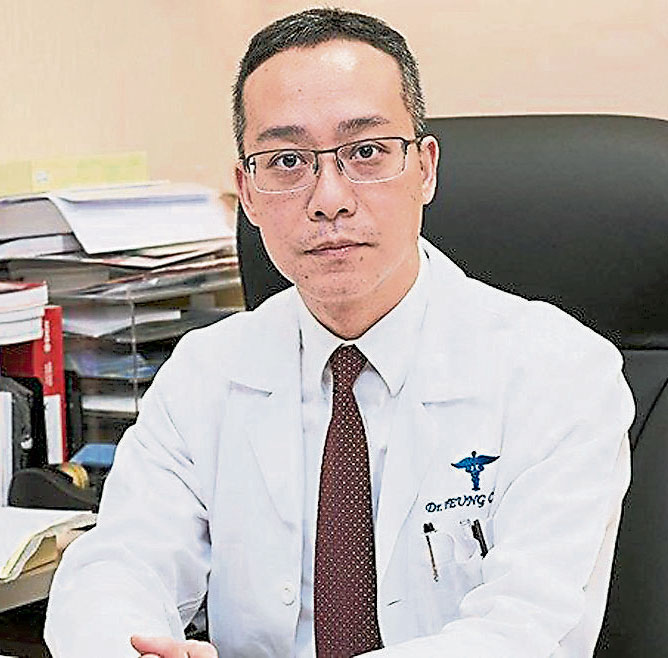
Dr. Yang Junye from the Department of Endocrinology and Diabetes at Sanatorium and Hospital pointed out that Cushing’s syndrome is an endocrine disease. The patient’s weight will increase, the belly will become larger and purple streaks will appear, the face will be round and red, the back will be raised, the collarbone will swell, and subcutaneous bleeding will occur easily. , forelimb weakness, women will have more body hair and acne.

Diagnosis cannot be made on scan images alone
Yang Junye explained that some patients have to take steroid drugs for a long time due to illness, or have pituitary gland tumors or adrenal gland tumors, which will increase the body’s secretion of cortisol and cause Cushing’s syndrome.
The doctor will conduct a blood test for the patient to understand the hormone secretion of the patient. If necessary, the doctor will arrange for the patient to undergo computer scan and MRI to check whether there are tumors in the adrenal gland and pituitary gland. Functional tumors, so the diagnosis cannot be made by scanning images alone.
According to the patient’s condition, the doctor will decide to arrange surgery to remove the tumor or control it with medication. The principle of drug treatment is to suppress the body’s production of cortisol, but this method treats the symptoms but not the root cause. If it is to be cured, surgery is required, and if necessary, postoperative radiotherapy is added to completely remove tumor cells.
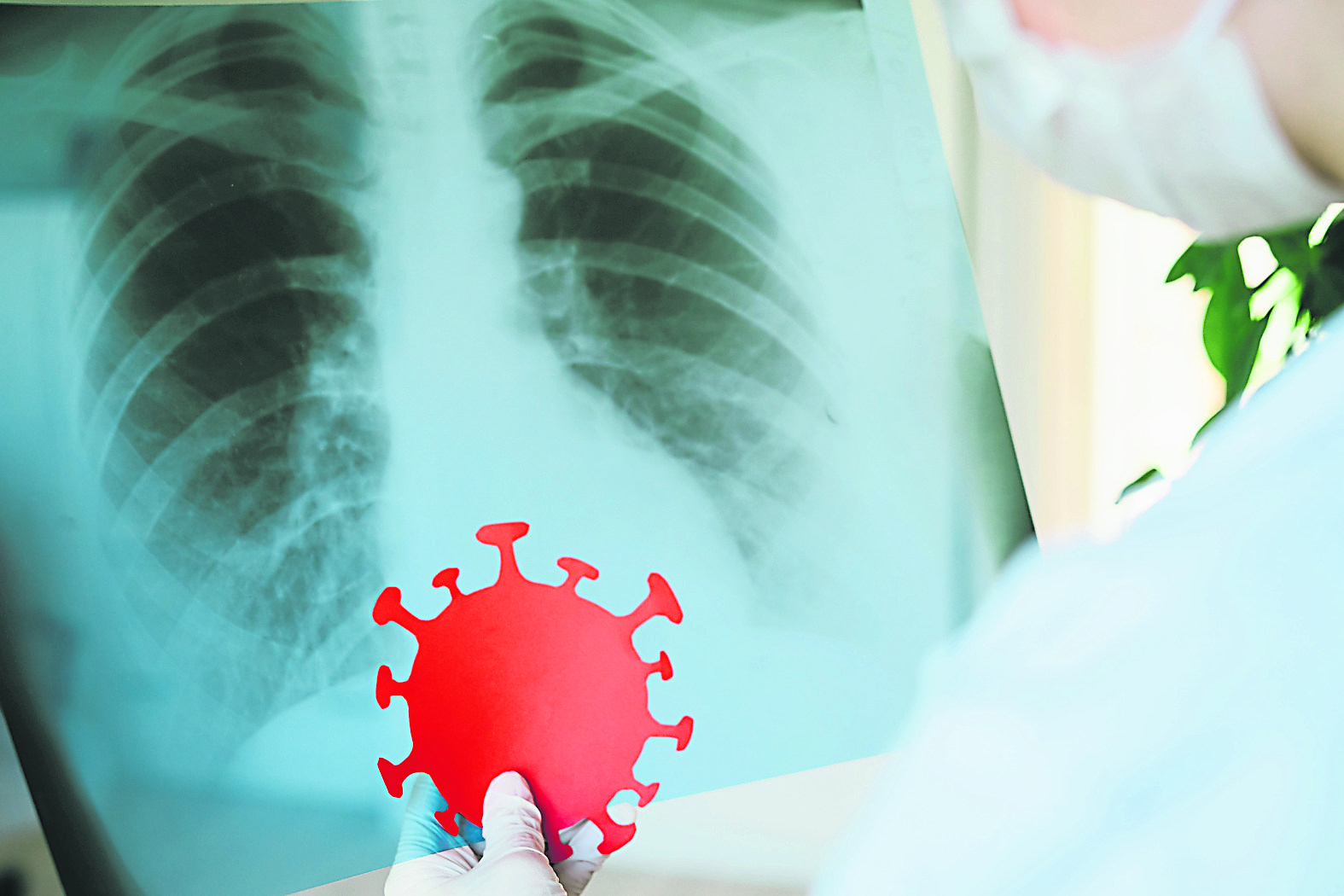

Repeated infection with the new crown virus accelerates the aging of 3 organs
A recent study in the United States found that people who have been infected with the new coronavirus (COVID-19) may accelerate the aging of the kidneys, brain, and heart organs for about 3 to 4 years; if they are repeatedly infected (secondary diagnosis), the aging trend will be accelerated.
Is there really such a thing?
Chest and critical care physician Huang Xuan recently shared on his personal Facebook that Dr. Ziyard of the St. Louis Health Center in the United States, after studying the organs of many patients with new coronary pneumonia, found that the three major organs of the kidney, brain, and heart all have accelerated aging.
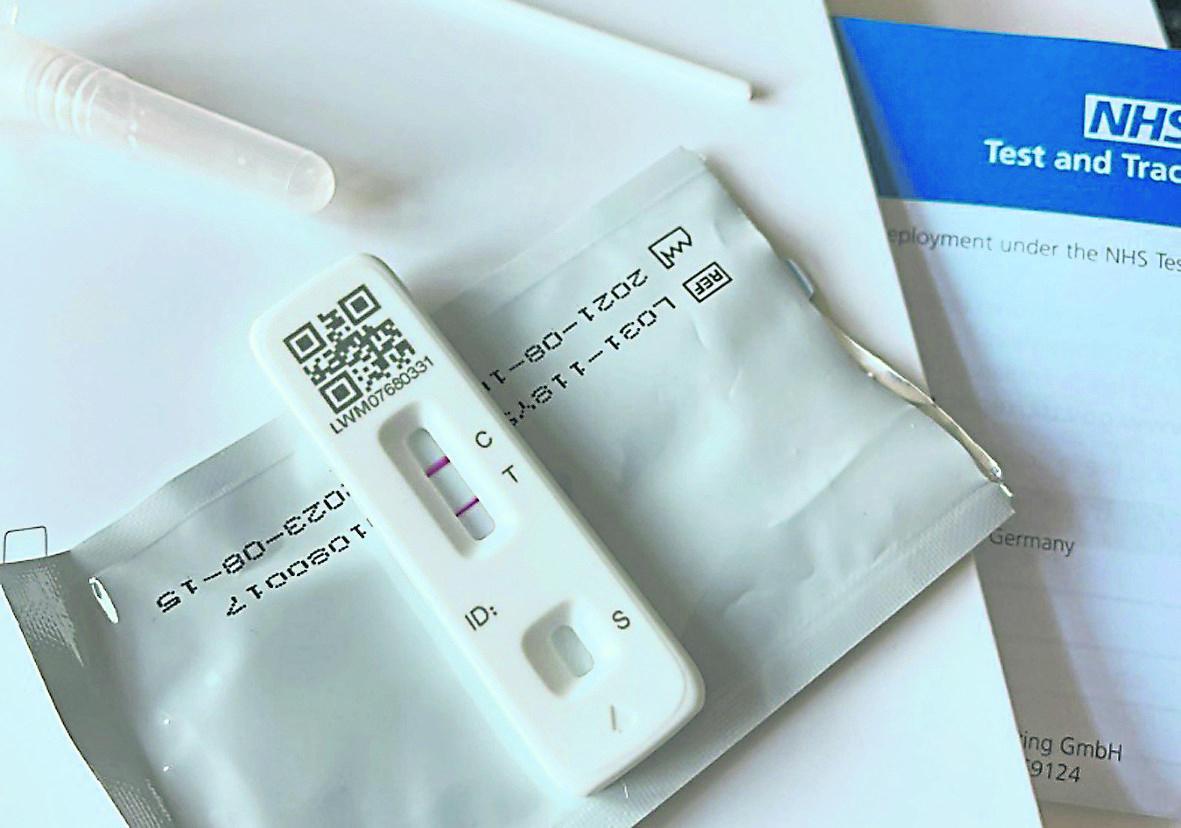
Accelerated aging awaits evidence
And it is easy to develop long-term new crown syndrome after infection, as well as patients with new coronary pneumonia who have been hospitalized. Even a small number of patients with mild symptoms also have aging conditions; if repeated diagnoses (repeated diagnosis) are repeated, these aging trends will also be accelerated.
Luo Yijun, deputy head of the Medical Response Team of Taiwan’s Central Epidemic Command Center, said that whether the 2 variant of Omicron causes accelerated aging remains to be clarified by evidence.
With regard to aging, Luo Yijun said that there are indeed some clinical studies that may specifically track inflammation indicators or kidney function indicators in infected patients.
Indeed, it has been seen that those diagnosed with COVID-19 have caused their organs to decline, or their functions have declined faster than the average person.
But these studies appear to have been done on the mutant strains before Omicron, because it takes enough time to track the rate of aging. Presumably unlikely to be research performed this year or last year, so the research gathered so far looks likely to be for Detla or Alpha period research.
He bluntly said that whether Omicron leads to accelerated aging still needs more scientific evidence, because the proportion of new crowns caused by it is relatively small, and the severity of new crowns is also milder than that of the previous mutant strains. Therefore, we need to continue to collect more information in order to Do follow-up research and analysis.
Text “Health Vision”
![[Cushing’s Syndrome]Beware of Cushing’s Syndrome causing you obesity, round face, bruises and muscle weakness | Good doctor [Cushing’s Syndrome]Beware of Cushing’s Syndrome causing you obesity, round face, bruises and muscle weakness | Good doctor](https://webcdn.guangming.com.my/wp-content/uploads/2023/02/未命名-1-93-780x420.jpg)

